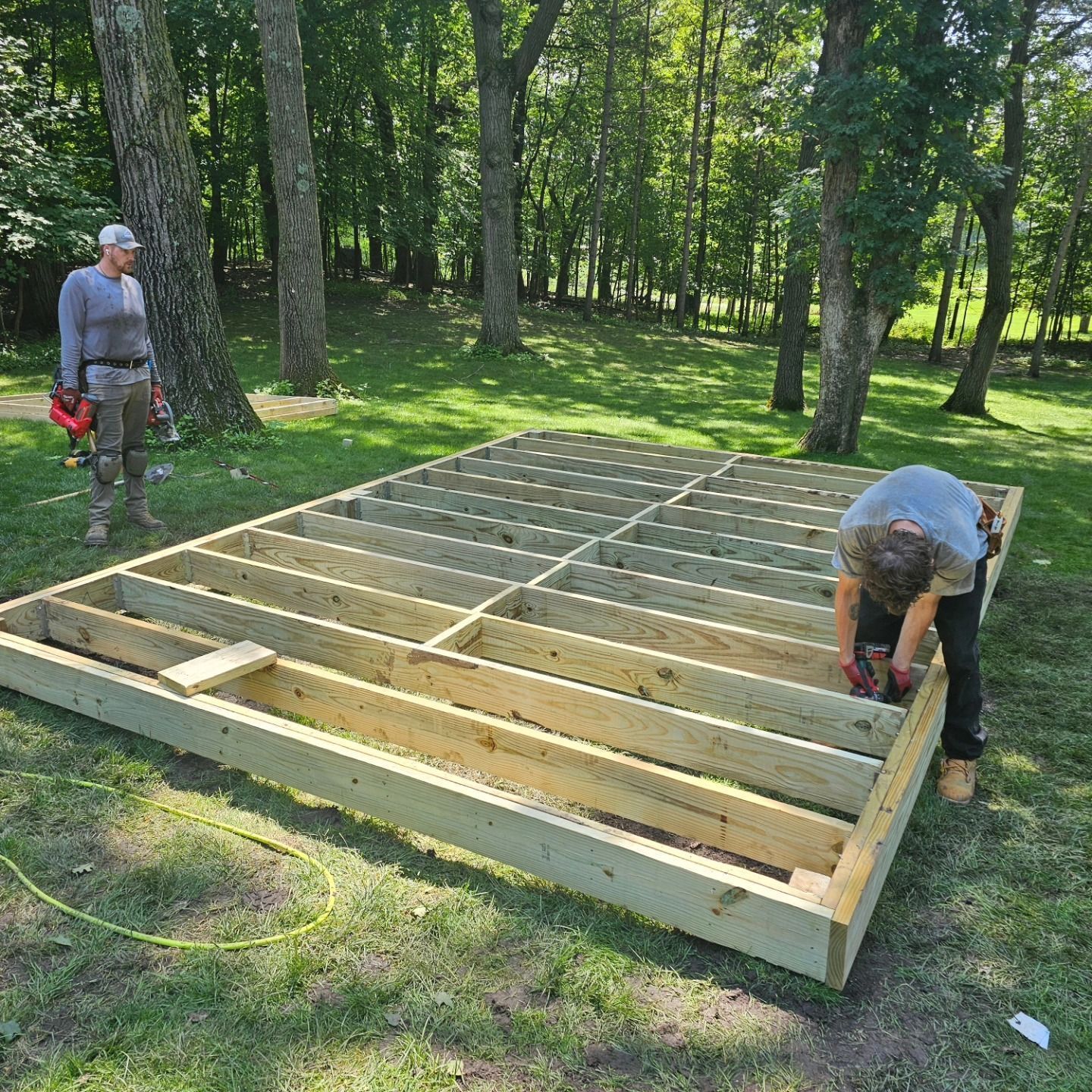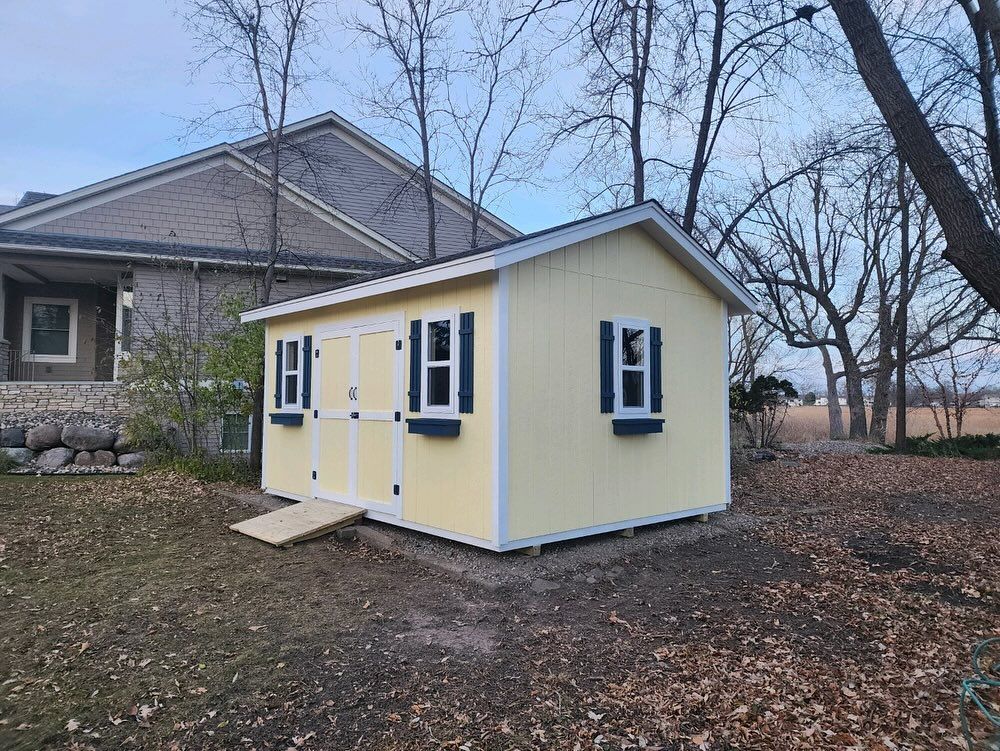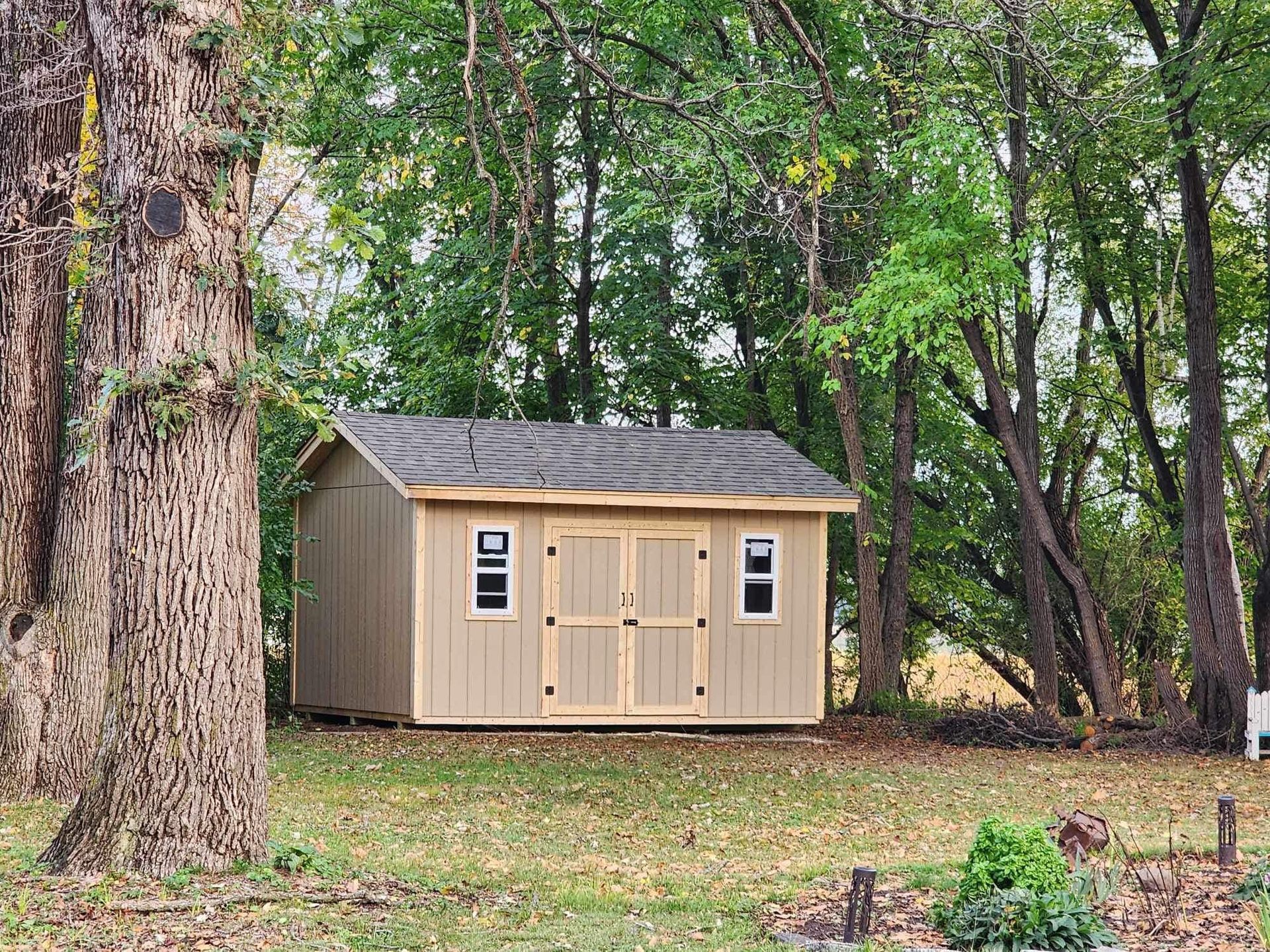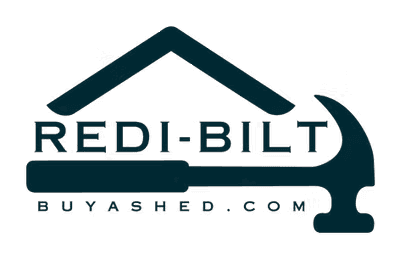Choosing the Right Foundation for Your Backyard Shed
October 17, 2025

A shed is only as reliable as the foundation supporting it. Without a properly prepared base, even a well-constructed shed can shift, sink, or experience water damage over time. That’s why choosing the right foundation is one of the most critical steps when planning a backyard shed project. The right choice ensures stability, longevity, and protection against the elements. Factors such as soil conditions, shed size, budget, and long-term use play a major role in selecting the best option. From simple gravel pads to strong concrete slabs, every foundation type offers unique benefits. In this guide, we’ll explore the most common shed foundation options to help homeowners confidently select the ideal base for their storage structure.
1. Gravel Pad Foundation
Gravel pad foundations are highly popular for their affordability and efficiency. A properly leveled gravel base ensures excellent drainage, preventing water from pooling and damaging the structure. Quick to install and cost-effective, gravel pads are ideal for small to medium-sized sheds, offering stability without requiring extensive construction work.
2. Pressure-Treated Wood Skids
Pressure-treated wood skid foundations are versatile and relatively easy to construct. Using durable, treated beams, this design raises the shed slightly off the ground, reducing direct moisture contact. It’s particularly suited for portable sheds or those that may need relocation, providing flexibility while maintaining structural support and extended shed life.
3. Concrete Pavers
Concrete paver foundations provide a practical, durable surface at a lower cost than slabs. Lightweight sheds benefit from this solution since it requires minimal tools and no heavy machinery. Individual pavers can be replaced easily if damaged, ensuring long-term usability and making maintenance straightforward for budget-conscious homeowners.
4. Concrete Slab Foundation
Concrete slab foundations offer maximum strength, stability, and longevity. They provide a permanent, level surface that supports heavy structures without shifting or settling. Perfect for larger sheds or workshop-style spaces, slabs resist water damage and harsh weather, making them the most durable and reliable foundation option available.
5. Concrete Pier Foundation
Concrete pier foundations use strategically placed posts or piers set in the ground to support the shed. This method raises the structure above soil level, improving airflow and reducing moisture risks. Ideal for uneven terrain, piers provide strong, stable support while minimizing excavation and material costs.
The Redi Bilt Advantage
At Redi Bilt, we know that a shed is only as reliable as its foundation. With more than 40
years of proven experience serving homeowners in Anoka, Minnesota, our team takes the guesswork out of foundation selection and installation. We carefully evaluate your property’s soil, drainage, and shed requirements to recommend the ideal base—whether it’s a simple gravel pad, pressure-treated wood skids, concrete pavers, or a reinforced concrete slab. Every foundation is installed with precision to ensure stability, weather resistance, and long-term performance. When you choose Redi Bilt, you’re choosing craftsmanship, expertise, and peace of mind that your shed will last for decades.





